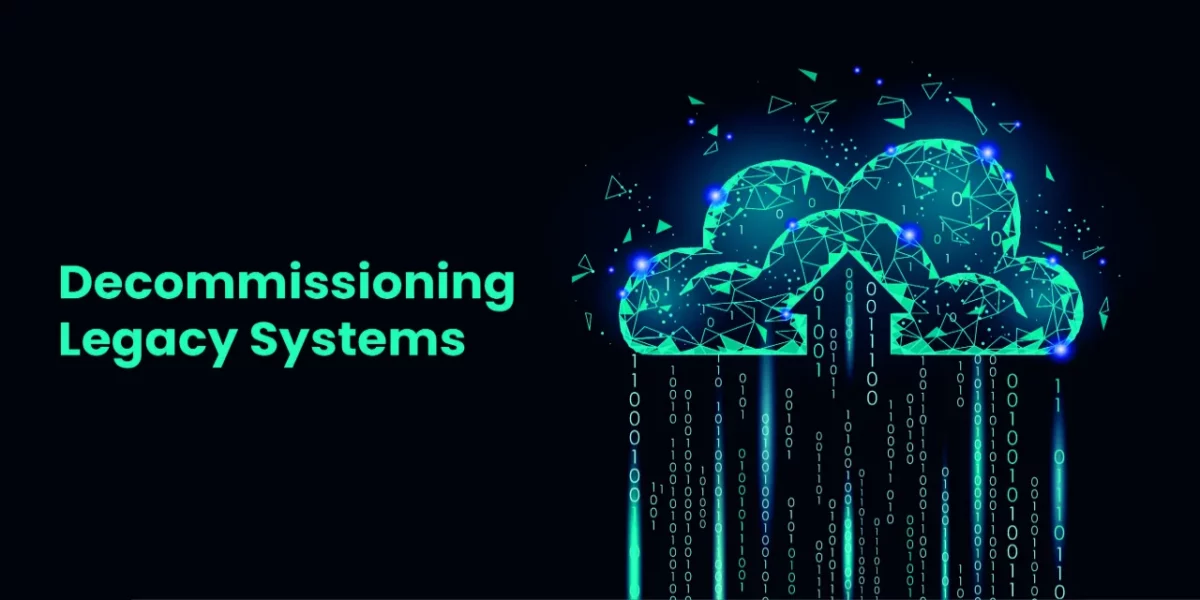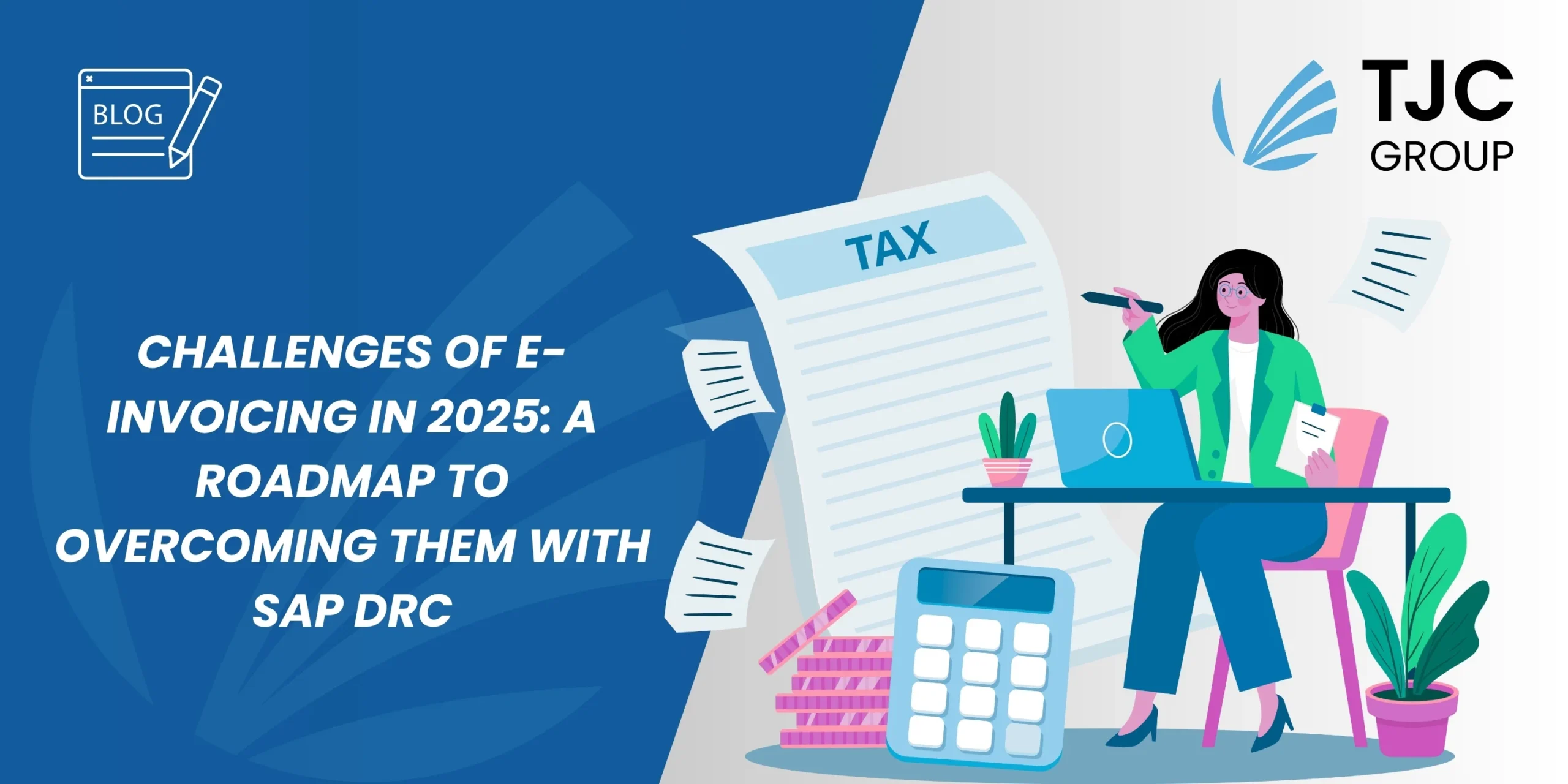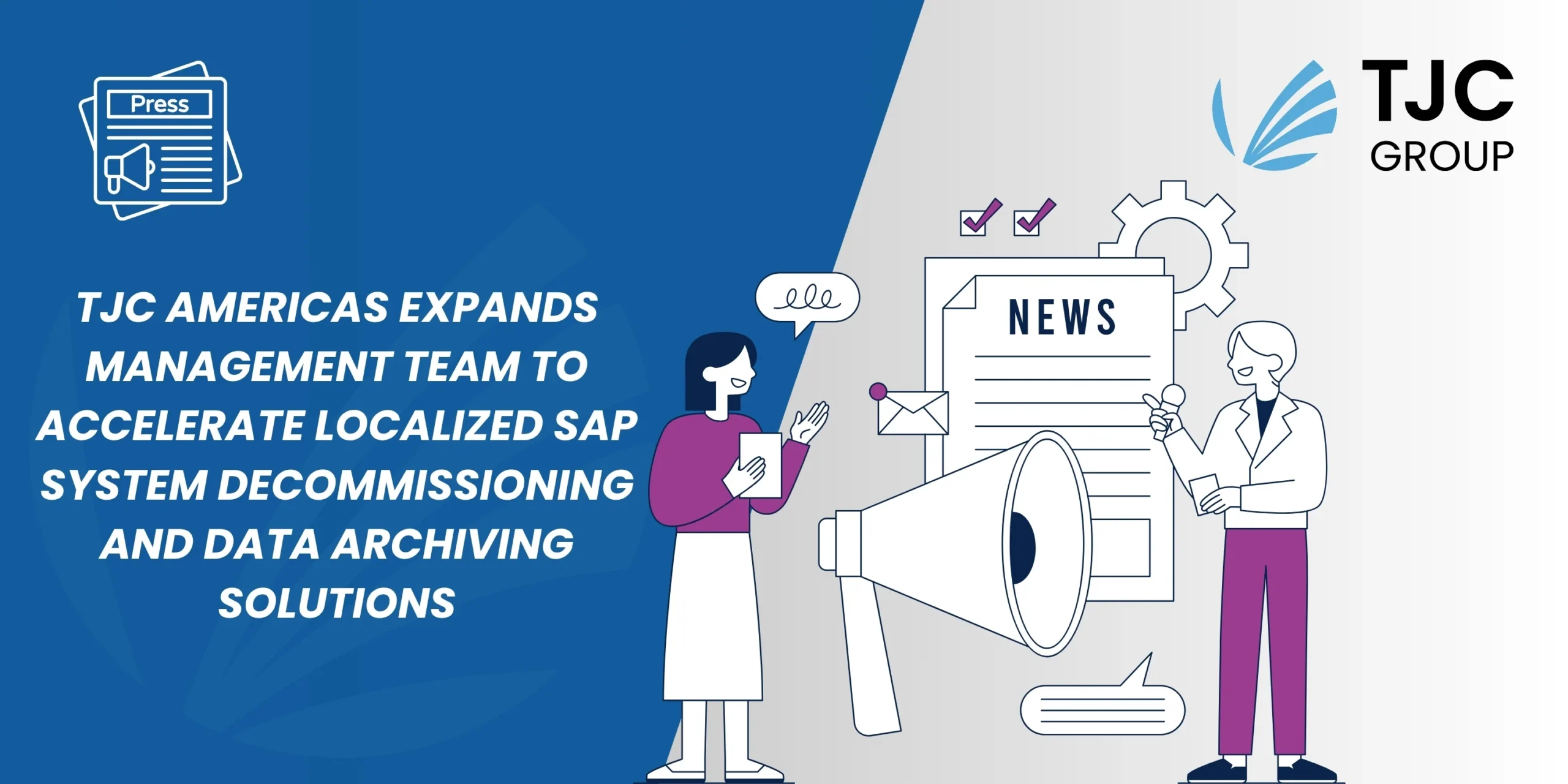Cheaper to do nothing? What’s the true cost of retaining legacy systems?
In a recent survey of IT decision makers, 53% said that upgrading their ERP system was an investment priority. This study, conducted by Oracle in 2020, found that 50% of companies were looking to either upgrade, update or migrate to a new ERP in the short term.
Many of these businesses will be existing SAP ECC users. We say this with confidence because, by 2030, support from SAP for the ECC platform will be no longer be available. Companies can choose to either switch to an entirely new ERP system or adopt SAP’s S/4HANA platform.
Part of the decision making process when migrating to a new ERP will involve what to do about legacy systems.
According to Gartner, replacing legacy applications and systems with new ones based on current, and sometimes different, technologies is one of the most significant challenges facing IT professionals.
As companies upgrade or change their technologies, they need to ensure any older systems, and data formats still in use, are compatible. They also need to review the data within their legacy systems to identify what to retain and migrate across, and what to archive or decommission.

Retain or decommissioning legacy systems?
Given the time pressures that most companies involved with digital transformation initiatives experience, it can be tempting to forget about decommissioning all together. Many companies will maintain a legacy system just in case the data is needed in the future, and they will go on to duplicate this mountain of data in their new ERP.
Why would a company take this approach? It is only worth retaining a legacy system if data access will be required regularly, such as on a daily basis, not if the data is retained for occasional access or for audit purposes.
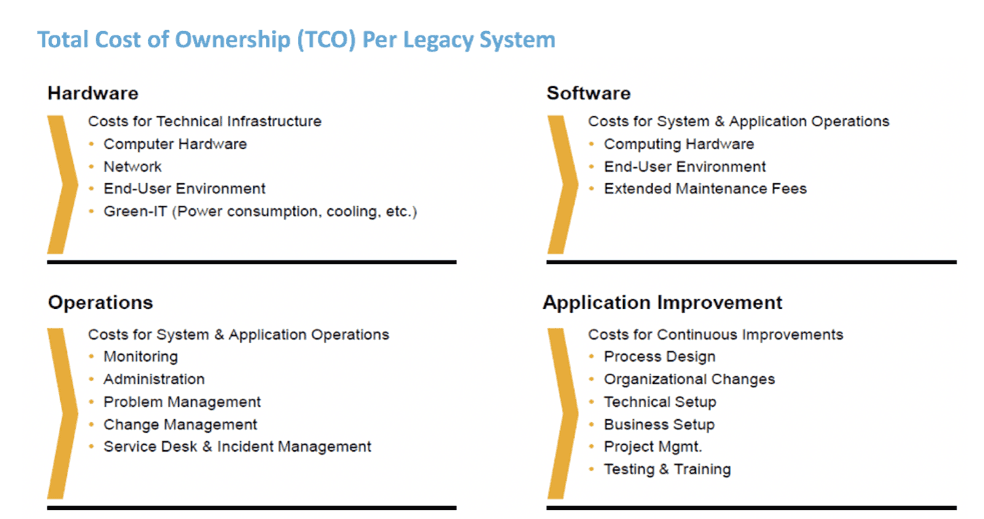
The finance side of it
It may appear better to do nothing and retain every system, rather than focus on a structured data archiving and decommissioning programme. However, as the diagram above illustrates, it is definitely not cheaper. A closer examination of how the total cost of ownership of legacy systems is calculated highlights why this is not the case.
For every legacy system there are at least 18 different cost implications. Although the greatest expenditure will always be the cost of maintenance fees for software and applications, the operational impacts – i.e. having expensive IT resources tied up with managing obsolete systems when they could be working on your new technology stack – cannot be underestimated. Furthermore, many companies will incur these costs across multiple legacy systems, for instance with ECC implemented across different geographical divisions. If these systems can be decommissioned instead, the same savings and business benefits will be realised for each legacy system.
Other considerations: the energy costs
Financial savings aside, there are other important reasons for decommissioning a legacy system. According to a new report by the Energy and Climate Intelligence Unit (ECIU) and Oxford Net Zero, 21% of the world’s largest 2,000 public companies have already published net-zero commitments. Maintaining legacy systems is a huge drain on energy resources, so data archiving and decommissioning will make a significant contribution towards achieving these sustainability goals.
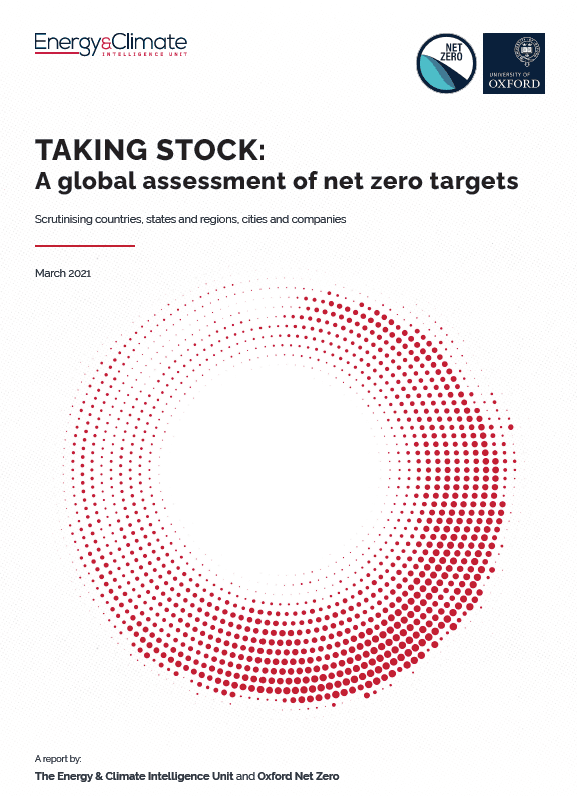
TAKING STOCK:
A global assessment of net zero targets
Energy and Climate Intelligence Unit (ECIU) and Oxford Net Zero
Conclusion
When a system is professionally decommissioned, the applications are removed but the data remains available for search and retrieval purposes. A full audit trail of ‘who did what and when’ is maintained, so that the data is trackable and auditable for regulatory compliance purposes.
Implementing a robust and automated data archiving strategy across the business well in advance of migrating to a new ERP paves the way for a smooth final transition. It will dramatically reduce the TCO of your legacy SAP environment, plus it reduces the scope and complexity of the future migration to S/4HANA. This is especially important for companies with a complex SAP environment, or who have operations in multiple countries and need to comply with ever-changing rules and regulations regarding personal data.


